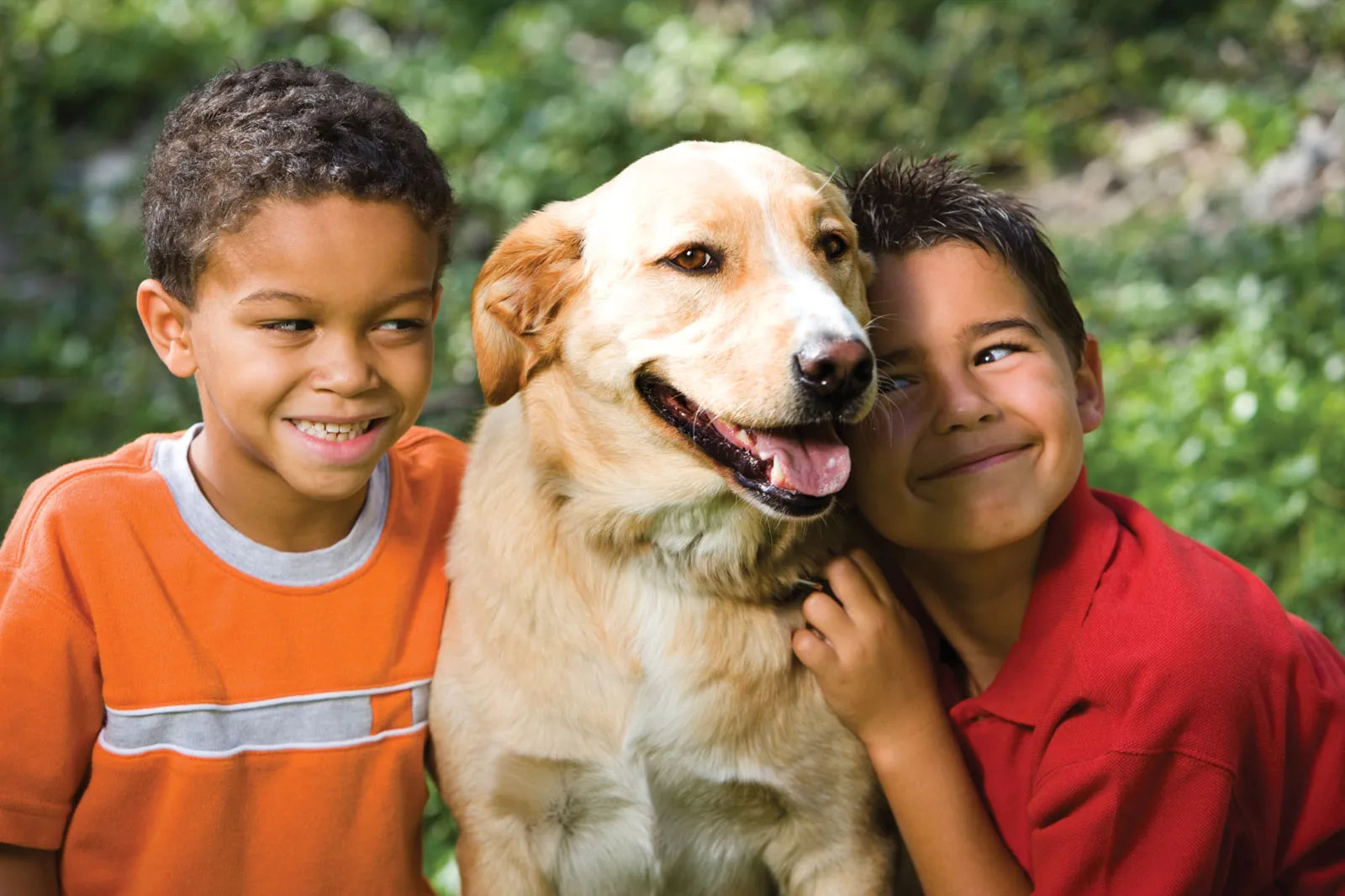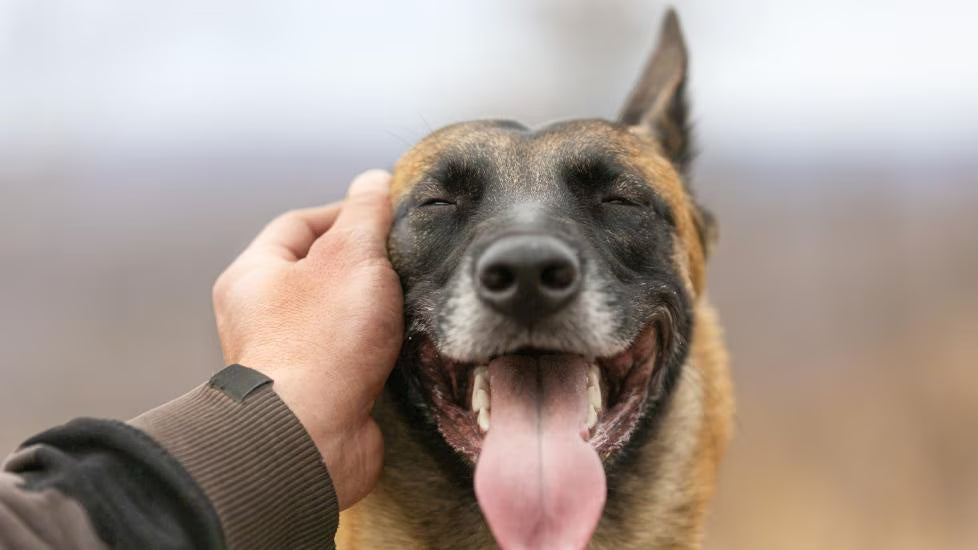The Foundation of Adventure: Ultimate Paw Care for Your Trailtrotpet
Share
Your dog's paws are their four-wheel drive—the critical foundation for every successful hike, run, and outdoor adventure. They are tough, but they are not invincible. Sharp rocks, hot pavement, rough terrain, and cold can all lead to painful cuts, burns, or abrasions. As a responsible Trailtrotpet owner, maintaining paw health is a non-negotiable part of trail preparation.
1. Daily & Pre-Hike Paw Maintenance
Proactive care is the best defense against trail injuries.
-
Trim Nails Regularly: Overgrown nails can shift your dog's gait, causing unnecessary strain on their joints and making them more prone to cracking or getting snagged on the trail. Don't forget the dewclaws!
-
Keep Interdigital Fur Trimmed: The hair between the paw pads should be trimmed short. This prevents matting, reduces the chance of debris (like burrs, tiny stones, or ice balls) getting lodged, and makes it easier to inspect for injuries.
-
Moisturize & Toughen: Healthy paw pads should be supple, not dry and cracked. Apply a high-quality, pet-safe paw balm or wax (like Musher’s Secret) 2-3 times a week, especially in dry weather. Some owners use paw toughening sprays to build resistance over time, but start slowly.
2. Protection on the Trail: Boots vs. Balm
Deciding on the right protection depends on the terrain, weather, and your dog's tolerance.
| Protection Method | Best For | Pros | Cons |
| Dog Boots/Booties | Extreme heat (hot pavement), sharp rocky terrain, ice/salt, deep snow. | Provides a physical barrier against all hazards. Essential for long, rugged hikes. | Requires acclimatization; can be lost; some dogs refuse to wear them. |
| Paw Balm/Wax | Mildly abrasive terrain, snow/ice prevention (anti-clumping), general pad conditioning. | Easy to apply; provides a flexible, breathable moisture barrier. | Does not protect against deep cuts or extreme heat/sharp objects. |
The 7-Second Rule: Before walking on pavement, asphalt, or sand, place the back of your hand on the surface for seven seconds. If you can’t hold it comfortably, it is too hot for your dog's paws, and they need booties or a different path.
3. The Essential Post-Hike Paw Check
Never skip this step! Paws can look fine but hide issues.
-
Inspect Immediately: As soon as the hike is over, thoroughly check all four paws—tops, bottoms, and especially between the toes and around the dewclaws.
-
Look for Debris: Gently remove any pebbles, thorns, splinters, or burrs that may be stuck.
-
Check for Injury: Look for redness, swelling, cracks, blisters, or deep cuts. A sudden limp or excessive licking is a major red flag.
-
Cleanse: Use a damp towel or pet-safe wipe to clean off dirt, trail dust, and any potential irritants.
4. First Aid for Paw Injuries
Paw injuries are the most common trail mishap. Keep these items in your Trailtrotpet first aid kit:
-
Antiseptic Wipes/Spray: To clean cuts and punctures.
-
Gauze Pads and Self-Adhering Vet Wrap: For bandaging a wound. Never wrap too tightly; the wrap should be secure but not restrictive.
-
Paw Balm/Ointment: For minor cracks and abrasions.
-
Kwik Stop Powder: To stop bleeding from a nail or minor pad cut quickly.
If you find a deep cut, severe puncture, or a limp that persists after resting, clean the wound, apply a light protective bandage, and seek veterinary attention as soon as possible. Your dog’s paws are the heart of their trail-loving life—treat them with the care they deserve!






